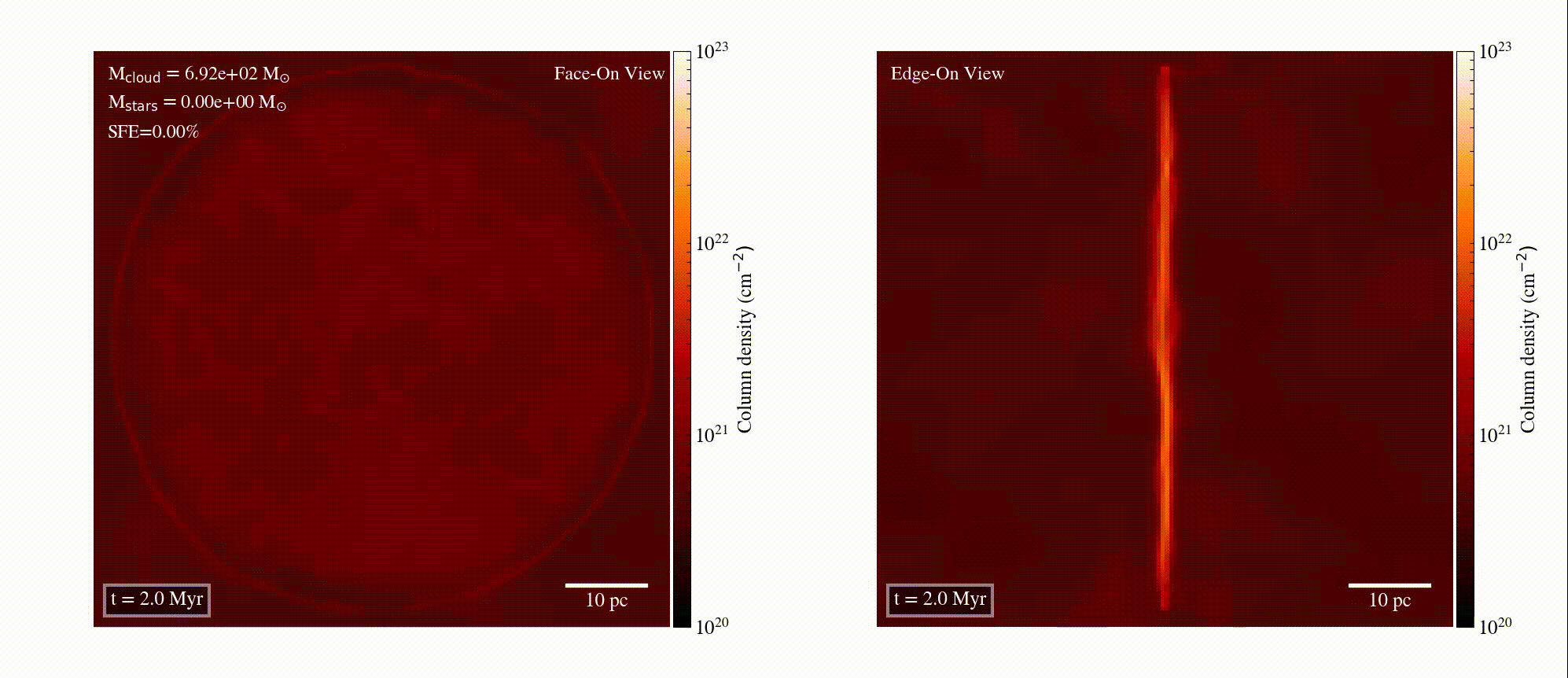2021/05/11 to 2021/05/14
The structure of the interstellar medium, as well as the velocity and temperature distributions of the gas in different phases encodes important information about the many physical processes that operate and sometimes dominate on specific spatial scales. Maps and data cubes of the ISM and of molecular clouds obtained with the Herschel space telescope and the census of stellar clusters in nearby galaxies using the HST have enabled us to start connecting the scales at which gas is compressed and starts to form stars. Ongoing and future programs with ALMA, NOEMA, FAST and the JWST as well as significant advances in numerical simulations and data analysis will allow us to further refine our understanding of the connection between the structure of the ISM, star formation and global galactic properties. The main topics that will be discussed in this conference are:
- Large scale instabilities in the ISM
- Structure and characteristic scales in the diffuse gas
- Spatial distribution of molecular clouds and young stellar clusters in galactic disks
- Instabilities and fragmentation in molecular clouds
- Structure and characteristic scales in the molecular phase
- Stellar feedback - galactic scales and molecular cloud scales
- Numerical simulations, structure identification, and classification algorithms
- ALMA, FAST, and Future instruments
 The PhyISM (Physics of the InterStellar Medium) group focuses on understanding the Star Formation (SF) process from both the theoretical and observational points of view. We use state-of-the-art numerical simulations combined with analytical models to study the role of different physical mechanisms (self-gravity, magnetic fields, feedback, etc) to explain how stars form in Molecular Clouds and confront our results with multiwavelength observations. From these models and comparisons, we have recently put forward the new SF scenario known as "Global Hierarchical Collapse", in which gravity is the main agent driving the SF activity, and controls the dynamics and structure formation, as well as the structure of nascent clusters within the clouds, by means of a chaotic regime of collapses within collapses.
The PhyISM (Physics of the InterStellar Medium) group focuses on understanding the Star Formation (SF) process from both the theoretical and observational points of view. We use state-of-the-art numerical simulations combined with analytical models to study the role of different physical mechanisms (self-gravity, magnetic fields, feedback, etc) to explain how stars form in Molecular Clouds and confront our results with multiwavelength observations. From these models and comparisons, we have recently put forward the new SF scenario known as "Global Hierarchical Collapse", in which gravity is the main agent driving the SF activity, and controls the dynamics and structure formation, as well as the structure of nascent clusters within the clouds, by means of a chaotic regime of collapses within collapses.